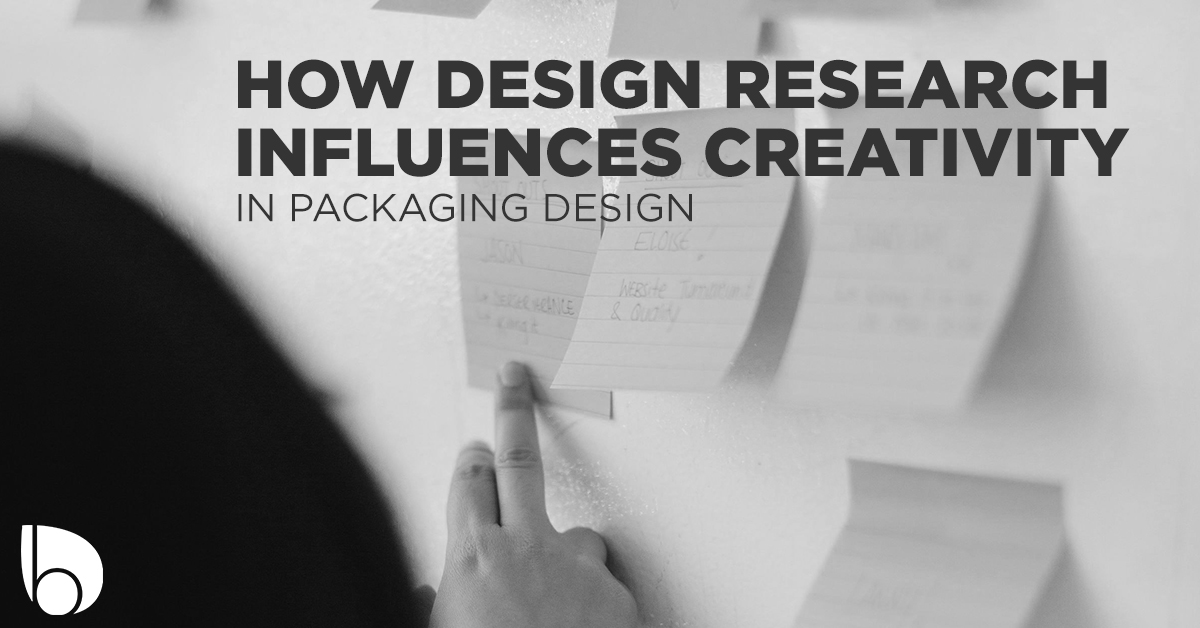
Successful innovation in design is a holistic process. While many people may associate creativity with the design of a product’s aesthetics, a win in the market is ultimately built on integrating the pillars of business strategy, manufacturability, and – the ultimate pass/fail – user adoption.
It’s tempting to save time and money in the development stage of a new product by executing design work based solely on secondary market research and consumer trends. However, the “aha” moments sparked through a contextual understanding of the people in your target market offer a competitive advantage when developing creative solutions that are a natural fit for their needs.
The importance of knowing your end user
You may have a team stacked with subject matter experts, but it’s not complete until the users have a seat at the table. Internal project members are unlikely to be fully aware of the nuanced details making up the contexts, needs, and behavior within the target demographic.
This is where design research is crucial, providing a deep dive into each of the following areas:
User Personas
These are generalized – but realistic – representations of your key audience segments. Personas help the project team set bias aside by developing empathy with the different experiences, expectations, and values that make up major user groups.
Context and Tasks
Observe when and how people interact with existing products. Where are they experiencing issues or frustration? Are there any unarticulated design opportunities that arise based on their behavior or environments?
Needs and Goals
Understand what problems your users are trying to solve and how they define success. Do existing products function as expected, and are they convenient and enjoyable to use? How do users respond to positive and negative outcomes?
User Feedback
Hear user perspectives in their own words. What are their feelings about current products on the market? What’s working for them, and what isn’t? What ideas or suggestions do they have?
A Springboard for Design Success
After completing research activities, the design research team synthesizes observations into key insights and outcomes to share with the project team. Insights encompass observed principles that reveal the underlying motives behind human behavior. Outcomes help clarify the most important functions or features that the new product design should deliver to meet the identified user needs.
Insights and outcomes together provide the project team with a map, showing both the full landscape of user behavior alongside a clear series of waypoints on the path forward to creative design execution.
To summarize, design research equips the project team with an accurate understanding of the unique identities, needs, and goals represented by group personas within the target market. Insights generated through controlled observations help facilitate breakthroughs in the ideation and design of new product solutions by imagining what is possible vs what currently exists. Finally, design research helps align the project team around product outcomes, which provide a springboard for the design team along with a series of metrics for ongoing concept validation.
When integrated with considerations for manufacturability and aligned with business strategy, design research lays the foundation for innovative, user-centered design solutions that are well-positioned to win at the product launch.
Need help designing your custom packaging? Contact us to get started on your project!
If you find this content useful, consider following us on LinkedIn, or subscribing to our email list so you don’t miss any future content.
-Melissa Fehsenfeld


